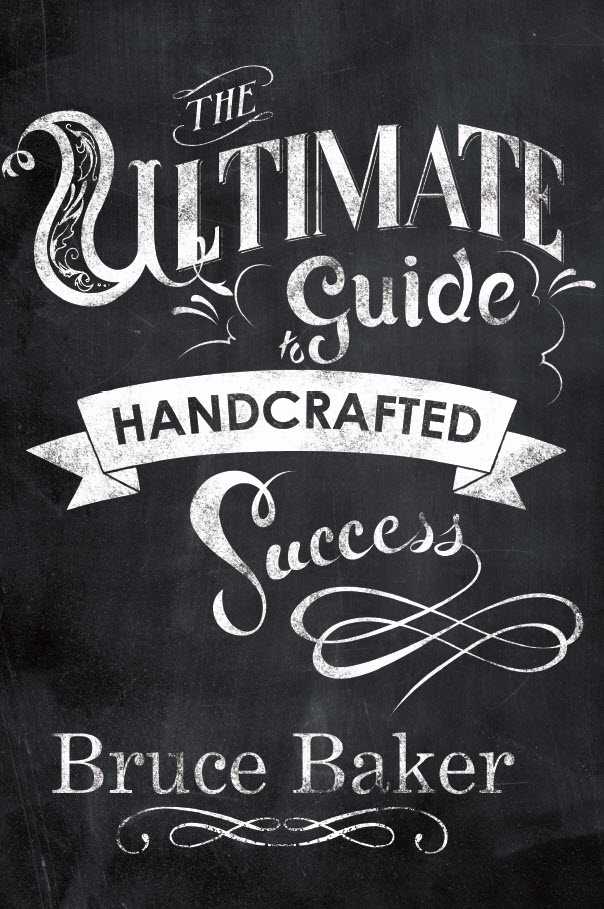Q: I’ve heard that if I price my work higher, buyers will think it is worth more and are more likely to buy it. Is this true in the world of crafts? On the one hand, I don’t want to lose buyers because they think my work is overpriced. But on the other hand, I don’t want to lose out on profit because I priced my work too low. How does this concept work in this industry?
There certainly is something to be said about perceived value. Let’s understand perceived value to mean value not related to the cost of materials and production. Why would anyone pay $500 for a pair of jeans when perfectly serviceable ones are available for less than $100?
Perhaps it has to do with words like Calvin Klein, Ralph Lauren and Dolce&Gabbana, all well-known brand names.
People know that they are paying more for the jeans because they have designer labels that relate to a brand that is known for quality and good design, not because the cost of time and materials justifies the price. The perceived value here will be enhanced by the satisfaction the purchaser will get when people notice and recognize the choices that have been made.
So now for your work. You don’t say what you make or anything about the position of your brand in the marketplace. Both of these factors influence what the consumer is willing to pay for an object. For instance, the typical customer will pay more for a goblet blown by a well-known glass artist than they will for one from an unknown maker. Consider the fame factor—if you are well-known and sell your work easily, then you are probably in a position to increase your prices (gradually would be best) and not lose sales.







